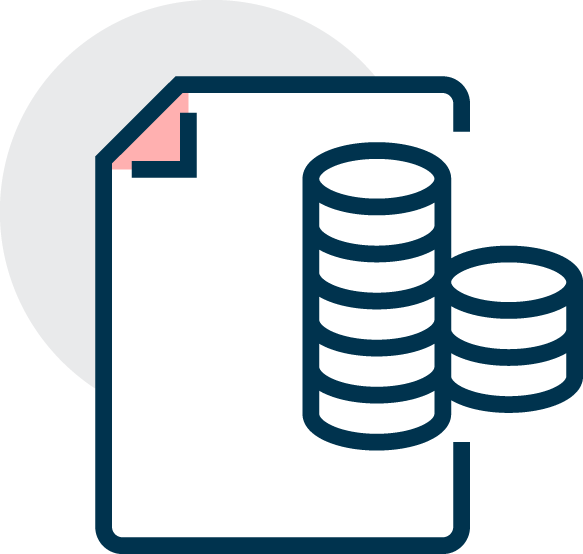Whenever one speaks or thinks about post-retirement life, the typical problems that come to our mind are proper financial support and lack of regular income for taking care of healthcare, cost of living and other amenities. Most of the senior citizens have a property in their names; however the same cannot be converted into instant and regular income stream due to its inherent illiquid nature. All these problems can be taken care by a concept known as ‘Reverse Mortgage’; introduced by Central Government in the 2007-08 Union Budget.
In simple terms, reverse mortgage is the exact opposite of regular mortgage loans. In regular mortgage, the individual pays equated monthly installments (EMI) to the financial institution forbuying a property; however in reverse mortgage the senior citizen who owns a house or property,but lacks a regular source of income, can mortgage his property with the financial institution and the financial institution pays the individual a regular amount. The financial institution has the right to sell the property post thedeath of the customer and the excess amount is remitted back to the legal heirs.
 Indian Perspective
Indian Perspective
According to industry sources, 20 percent of the Indian population is likely to be elderly by 2050. This means that the Government as well as private sector needs to devise certain strategies for providing social security and healthcare benefits to the rapidly increasing senior citizen population. This also underlines immense opportunity for financial institutions for promoting reverse mortgage in India.
 Why Reverse Mortgage?
Why Reverse Mortgage?
One of the prime benefits is the mental peace and social security that reverse mortgage offers to the senior citizens. The thought of being financially independent, not running short of funds in case of medical emergencies and not being a burden on their children accords a lot of mental peace and a restored sense of dignity to the elderly. Further, the senior citizens need not move out of their owned house which protects them from rental accommodation worries and fluctuating real estate market. The customer is not required to service the loan during his lifetime and there are no end-use restrictions for the funds.

 What works against the concept?
What works against the concept?
Most of the parents have this ideology of transferring the property in the name of their children and hence can be a bit hesitant to mortgage the same to a financial institution. Reverse mortgage has a large origination cost as compared to other form of mortgages and these costs become part of the initial loan balance and accrue interest to the customer. The other problem arises from the inherent nature of the real estate industry where the property value, interest rate and loan amount are subject to fluctuations during the loan tenure.
 Conclusion
Conclusion
Reverse mortgage is a novel and socially preferred alternative to selling or moving out of the house in order to generate a fixed income stream. Currently, there is lack of awareness about this product in India; however education and counseling can help the elderly to understand its benefits over traditional loans and also the emotional, social and psychological advantages that reverse mortgage offers. Development of a strong financial and regulatory framework is also needed to make this concept successful in serving the needs of the senior citizens in India.
Home calculations made easy to help you plan your home
MISSED CALL
Give us a MISSED CALL for New Home Loan
- 09289200017


































